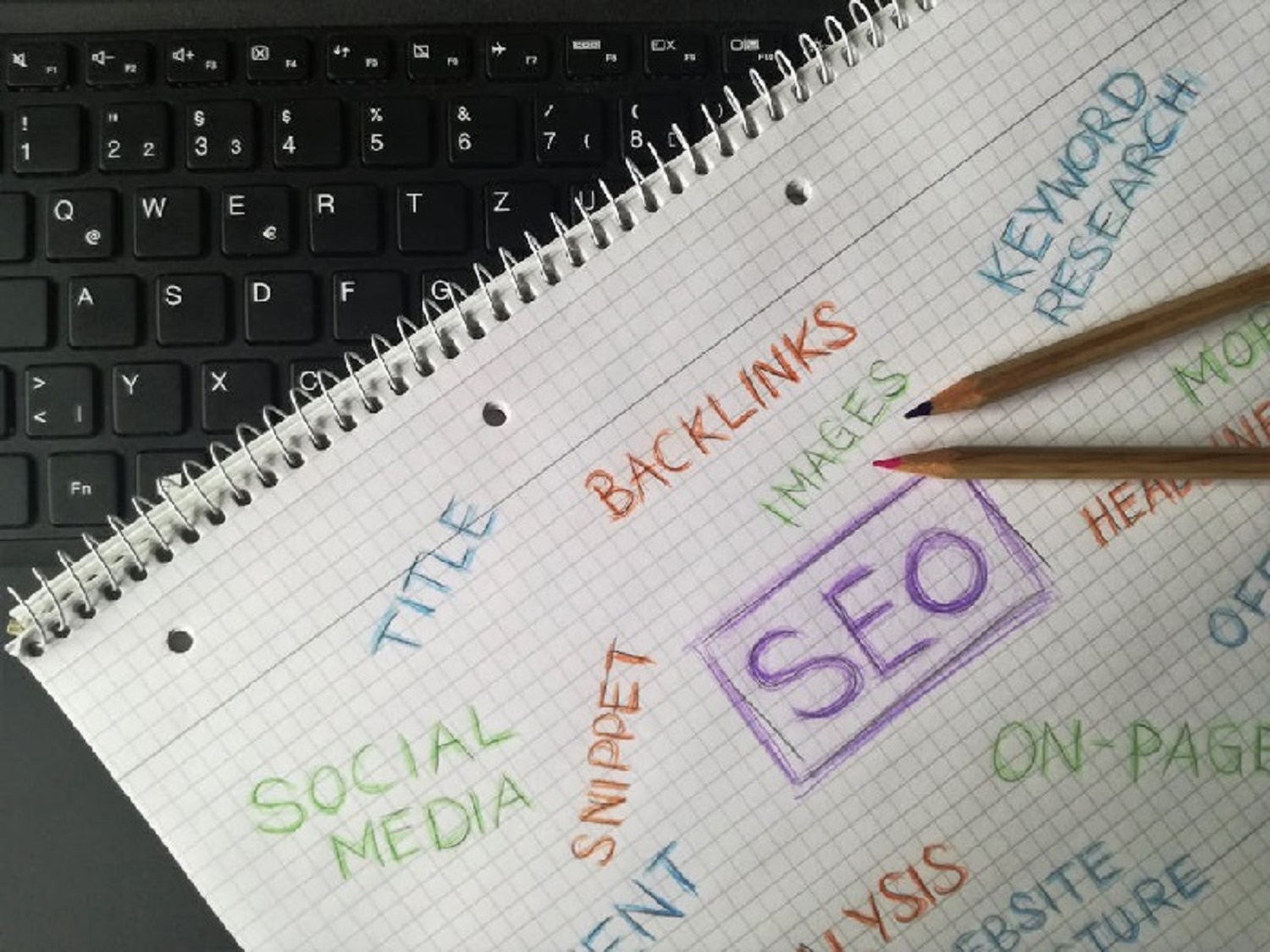Comparing SEO and SEM: Unlocking the power of digital market
In today’s dynamic digital marketing landscape, understanding the distinction between SEO and SEM is crucial for online success. Both strategies aim to enhance your visibility on search engines but employ different approaches. Recognising when to deploy each can significantly improve your marketing effectiveness.
SEO is all about supercharging your website’s organic reach by enhancing your content, fine-tuning your site’s structure, and snagging those top-tier backlinks. It’s like crafting a brilliant, long-term masterpiece that, when perfected, showers you with results again and again—without the constant expense of ads. On the flip side, SEM is your ticket to rapid success, leveraging paid ads to turbocharge your visibility on search engine results pages in no time. It’s fantastic for instant impact, but remember, it thrives on a steady stream of financial fuel to keep its magic alive.
By comparing SEO and SEM, you’ll gain insights into how each can contribute to your digital marketing strategy. Whether you’re aiming for long-term growth or immediate visibility, understanding these tools will help you make informed decisions and unlock the true power of digital marketing.
Understanding SEO and SEM

Photo by: Tobias Dziuba from pexels.com
Definition and basics of search engine optimisation
It means making some adjustments both on and off your site. Key tasks include picking the right keywords, crafting great content, and building links. Technical SEO is super important too, like speeding up your site, optimising it for mobile, and making sure search engines can easily explore it.
SEO is a gradual process. Results aren’t immediate but can offer long-term benefits without ongoing costs. High-quality content and authoritative backlinks play crucial roles. Regularly updating your site with fresh, relevant content helps maintain and improve your rankings.
Definition and basics of search engine marketing
Search Engine Marketing (SEM) covers all activities involving search engines, including paid ads. With SEM, you can quickly get your site noticed on search engine results pages. The most popular SEM method is pay-per-click advertising.
PPC means bidding on keywords that matter to place your ads just right. With the right budget, you can target specific groups and boost traffic to your site. SEM mixes paid tactics with SEO basics to give you a balanced approach, blending fast results with long-term strategies.
By leveraging both SEO and SEM, you can maximise your digital marketing efforts. SEO builds a robust online presence over time, while SEM delivers immediate visibility and traffic. A well-rounded strategy uses both for comprehensive online effectiveness.
Key differences between SEO and SEM
Time and effort involved
SEO requires significant time and continuous effort to see results. Optimising content, building backlinks, and improving technical aspects take months. In contrast, SEM delivers immediate results right after launching a campaign. This makes SEM suitable for businesses seeking quick visibility.
Cost considerations
SEO is cost-effective over time. You invest in content creation, site optimisation, and link-building without paying for clicks. Conversely, SEM involves direct payments for ad placements. Advertisers pay per click (PPC), making SEM more expensive but offering instant visibility.
Visibility and targeting capabilities
SEO enhances organic search rankings, improving visibility through non-paid methods. SEM ensures immediate visibility through paid ads. This often places you at the top of search engine results in pages. Additionally, SEM offers advanced targeting options, allowing you to reach specific audiences based on demographics and behaviour.
Traffic generation and quality
With SEO, you generate high-quality traffic organically. This method tends to attract users actively searching for relevant information. SEM, on the other hand, can drive high volumes of traffic quickly. The quality of this traffic depends on the ad’s relevance and targeting accuracy. For immediate results, SEM is invaluable, but SEO provides sustainable long-term traffic.
Advantages and disadvantages of SEO and SEM

Photo by: Mikael Blomkvist from pexels.com
Pros and cons of search engine optimisation
Search Engine Optimisation (SEO) constitutes a long-term strategy aimed at augmenting a website’s visibility within search engine results. Through the application of various methodologies, SEO endeavours to enhance organic rankings without the requirement of direct financial expenditures. The subsequent analysis offers a comprehensive exploration of its benefits and drawbacks:
Longevity: SEO provides sustained visibility and traffic growth. Once your site ranks high, it typically enjoys long-term traffic.
Cost-Effective: Though it requires investment in time and resources, SEO is generally more affordable in the long run compared to continuous ad spending.
Credibility and Trust: Organic search results are labelled as earned, enhancing user trust and credibility with both users and search engines.
However, SEO has its drawbacks:
Time-Consuming: It takes time to see significant results. You need patience and continuous optimisation efforts to maintain rankings.
Algorithm Dependency: Search engines frequently update their algorithms. These updates require ongoing adjustments to your optimisation strategy.
Competition: High competition can make it challenging to achieve and maintain top positions for competitive keywords.
Pros and cons of search engine marketing
SEM, or search engine marketing, primarily involves paid advertising to improve a website’s visibility. SEM combines organic rankings with paid tactics to provide immediate results. Here are its advantages and disadvantages:
Instant Visibility: SEM offers immediate visibility and can provide a high click-through rate (CTR), making it ideal for quick results.
Highly Targeted: Paid ads enable precise targeting, allowing businesses to reach users who are searching for specific products or services.
Flexibility: SEM allows flexible budget allocation and ad scheduling, enhancing campaign control and timing.
Nevertheless, SEM comes with downsides:
Costly: Ad spending can be high, especially in competitive industries. This affects businesses with limited budgets.
User Perception: Paid ads might influence user trust. Users often differentiate between sponsored and organic results, which may impact their engagement.
Ongoing Expenses: To maintain visibility, you must continuously fund advertising campaigns. Unlike SEO, the benefits cease once the spending stops.
Understanding the pros and cons of both search engine optimisation and search engine marketing enables you to make informed decisions. By leveraging the strengths of each strategy, you can maximise your digital marketing efforts and achieve balanced results.
Strategic deployment

Photo by: Kindel Media from pexels.com
When to use search engine optimisation
Search Engine Optimisation (SEO) should be employed when the objective is to establish a robust and enduring online presence. It is particularly effective for enterprises aiming to enhance organic traffic without recurring expenses. Considerations include the competitiveness of your industry and the resources at your disposal. For example, owners of blogs or e-commerce platforms can benefit from optimising content and constructing backlinks, which enhance their site’s ranking on search engine results pages (SERPs), thereby attracting sustained and credible traffic.
When to use search engine marketing
Search Engine Marketing (SEM) is like your best buddy for quick visibility and super-speedy results. Imagine it as your go-to partner during those exciting product launches or amazing special promotions. With pay-per-click (PPC) ads, you can target keywords and demographics precisely, making sure potential customers find you before they discover your competitors. Just remember to keep some funds aside for these paid ads— even superheroes have to budget for their gear. In a packed market, SEM helps you compete for those top spots on search engine results pages (SERPs).
Integrating SEO and SEM for maximum impact
Integrate SEO and SEM to leverage the strengths of each method. Start with SEM for immediate traffic while building your SEO strategy for long-term gain. Use insights from SEM campaigns to refine your SEO approach. This dual strategy covers a broader range of keywords and customer journey stages. For example, while SEM drives traffic for high-intent keywords, SEO builds authority and credibility. Over time, as your SEO efforts mature, adjust your SEM budget to focus on highly competitive keywords or specific short-term goals. This balanced approach ensures a robust and dynamic online presence.
Mixing SEO and SEM can give your digital marketing a nice boost. SEO helps you build a solid online presence without breaking the bank, while SEM gives you instant visibility. By combining these two, you can target more keywords and connect with customers at every stage of their journey.
you can also check out that, In the digital marketing realm, understanding the nuances between SEO and SEM is crucial for boosting your online presence. While both strategies aim to elevate your site’s visibility, they take different routes to achieve this goal. SEO leverages organic tactics to climb up the search engine results pages (SERPs), making your site more discoverable without direct payment. On the other hand, SEM involves a blend of organic SEO and paid advertising methods, ensuring your brand grabs attention through both natural rankings and strategic ad placements. Knowing which strategy, or combination thereof, suits your brand can significantly impact your digital footprint and overall success.


